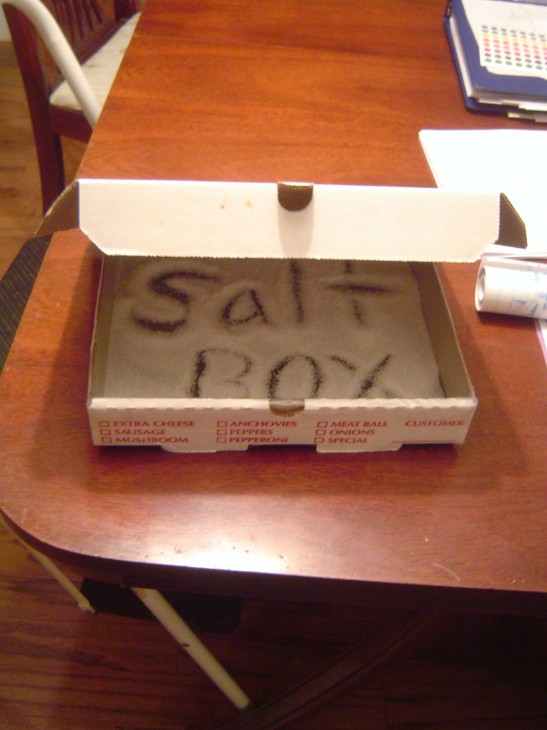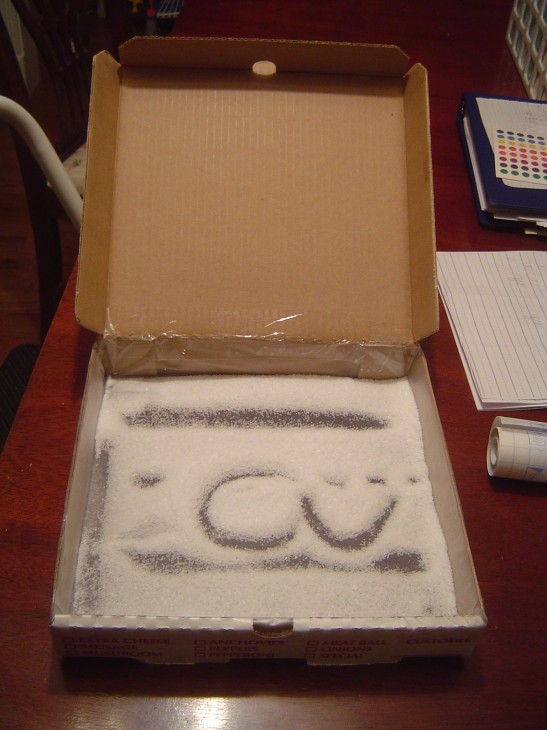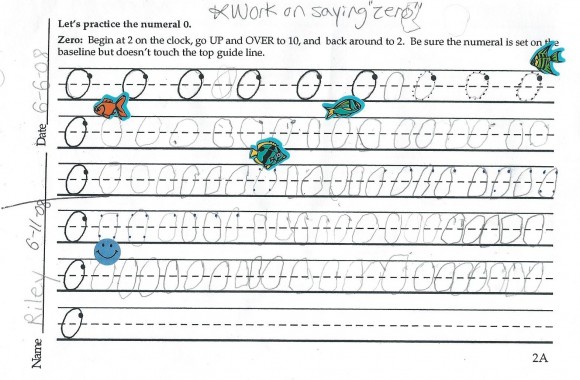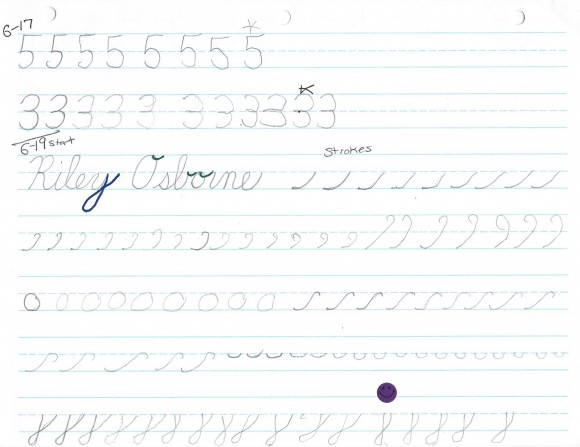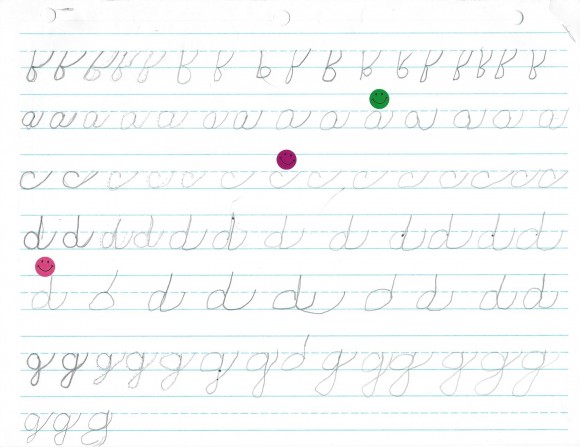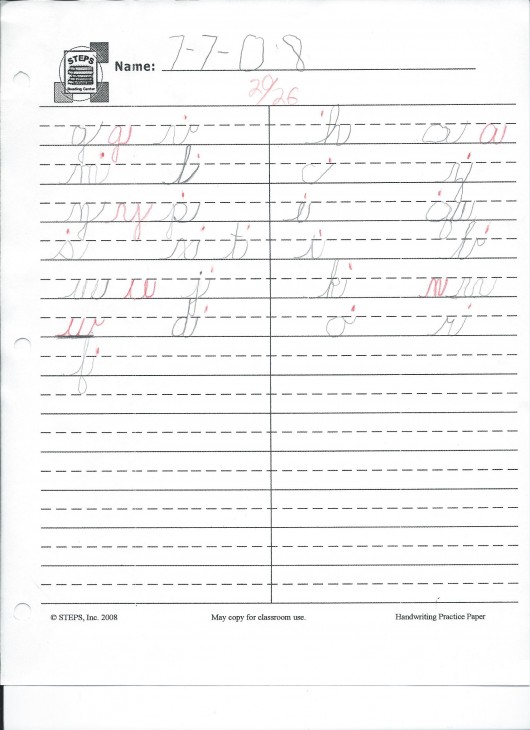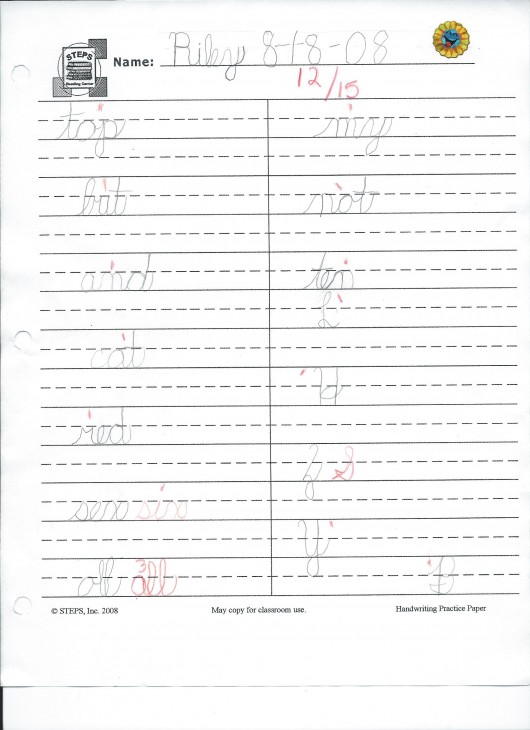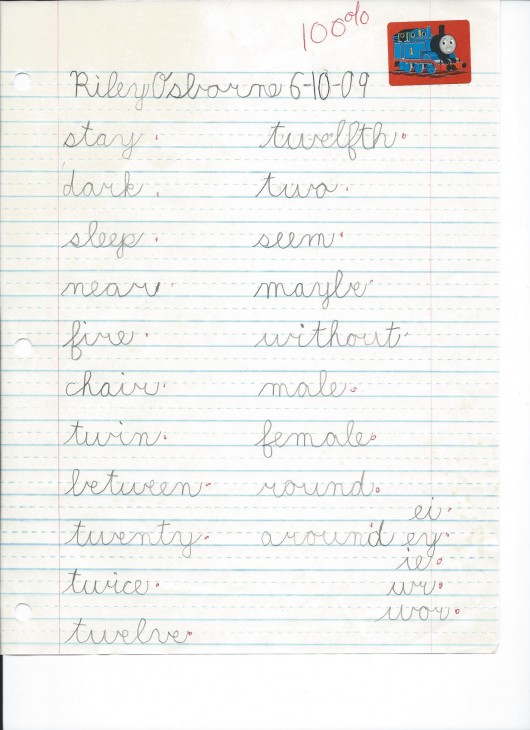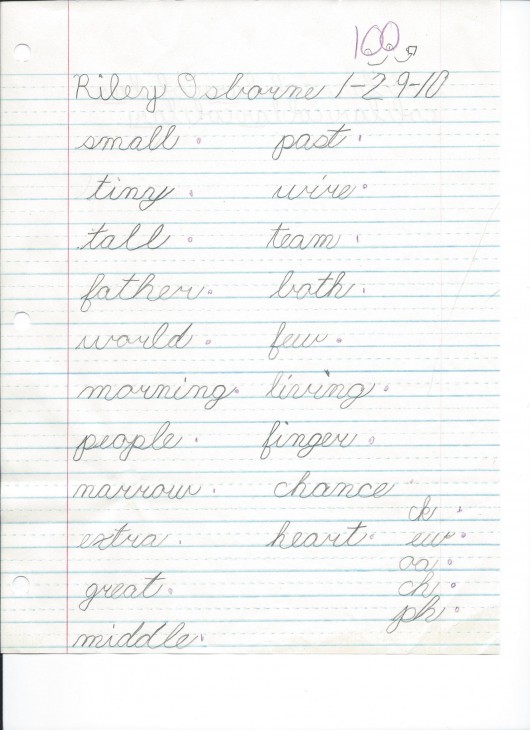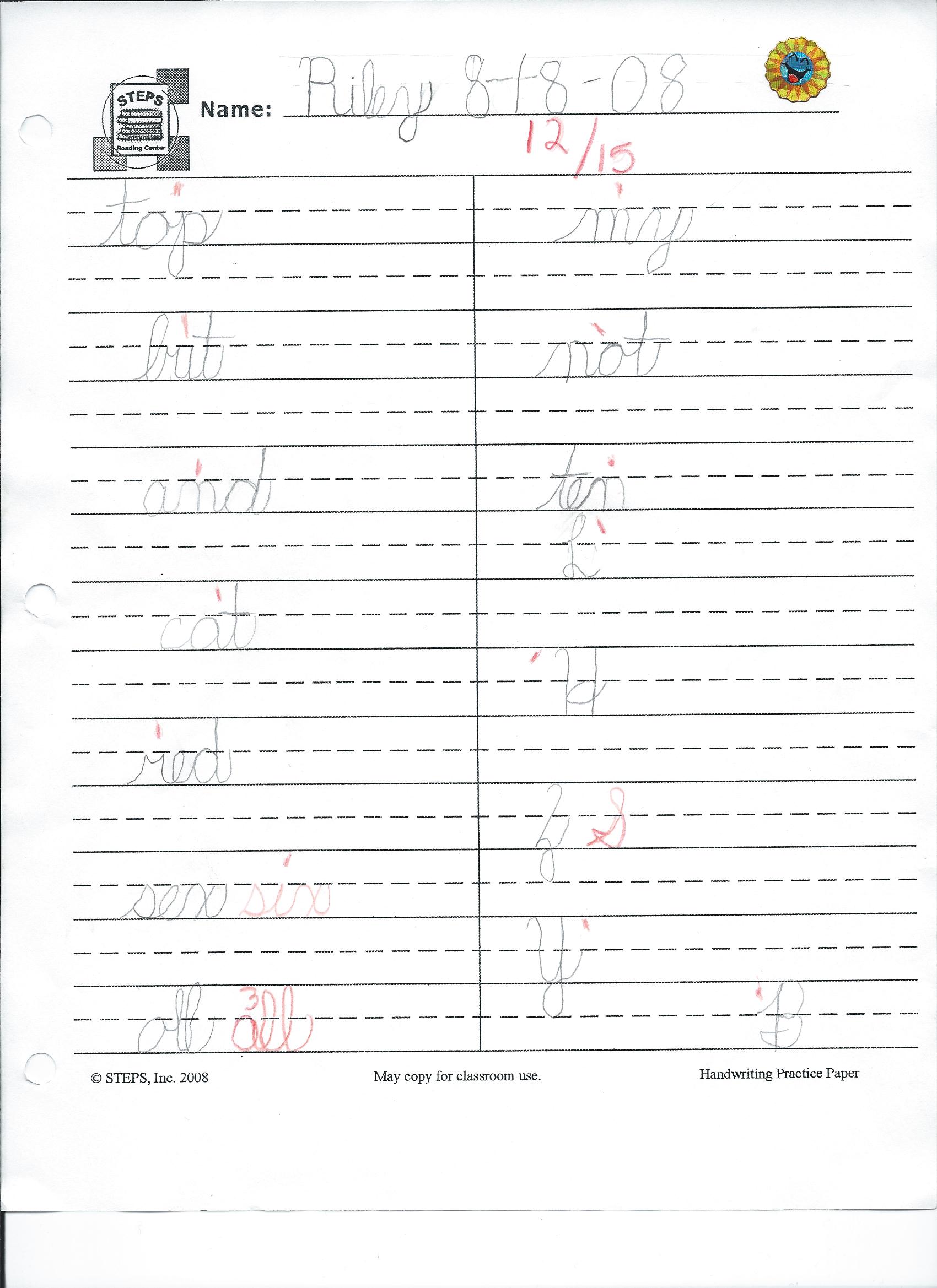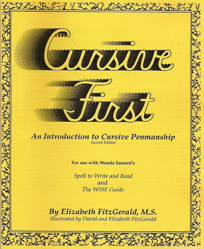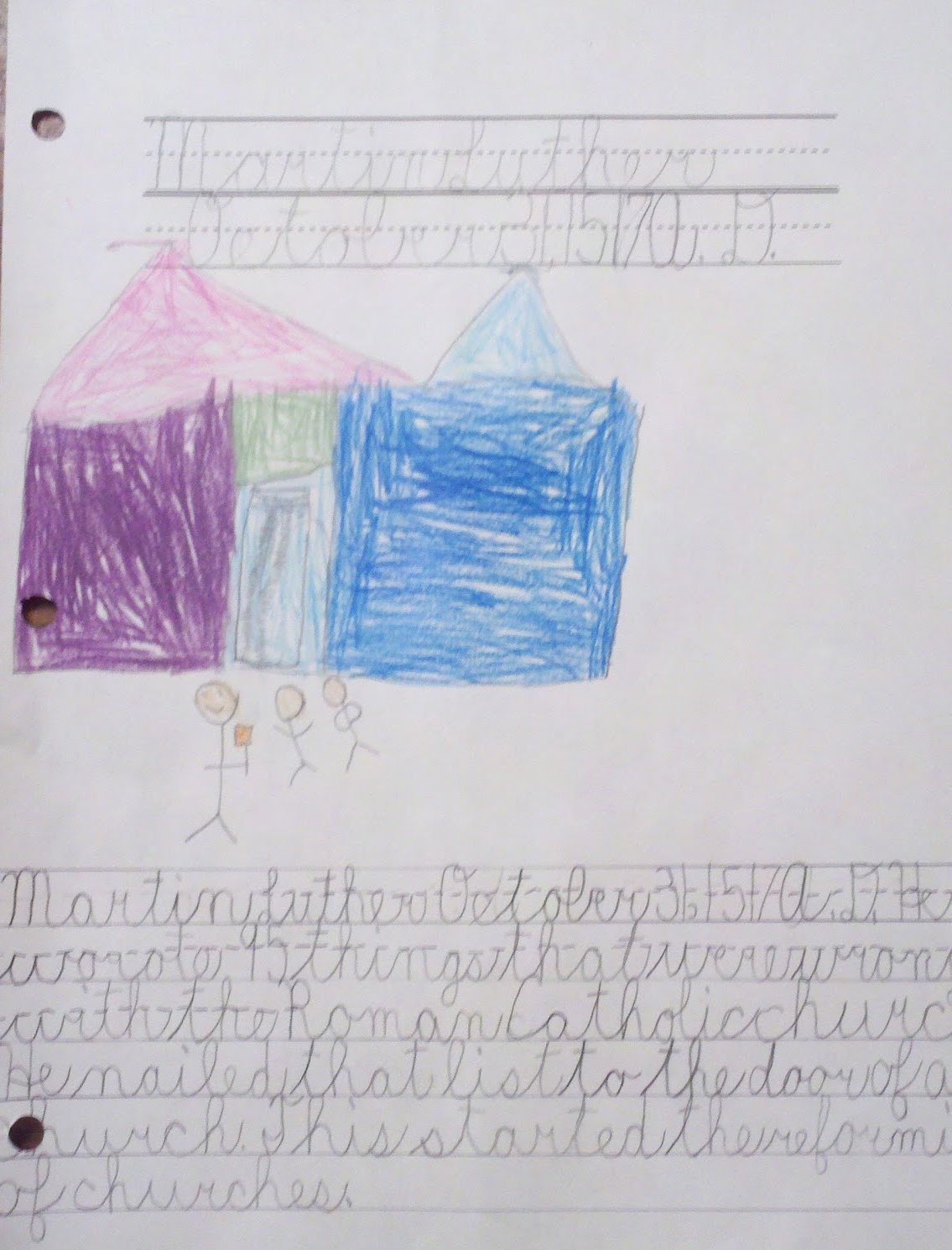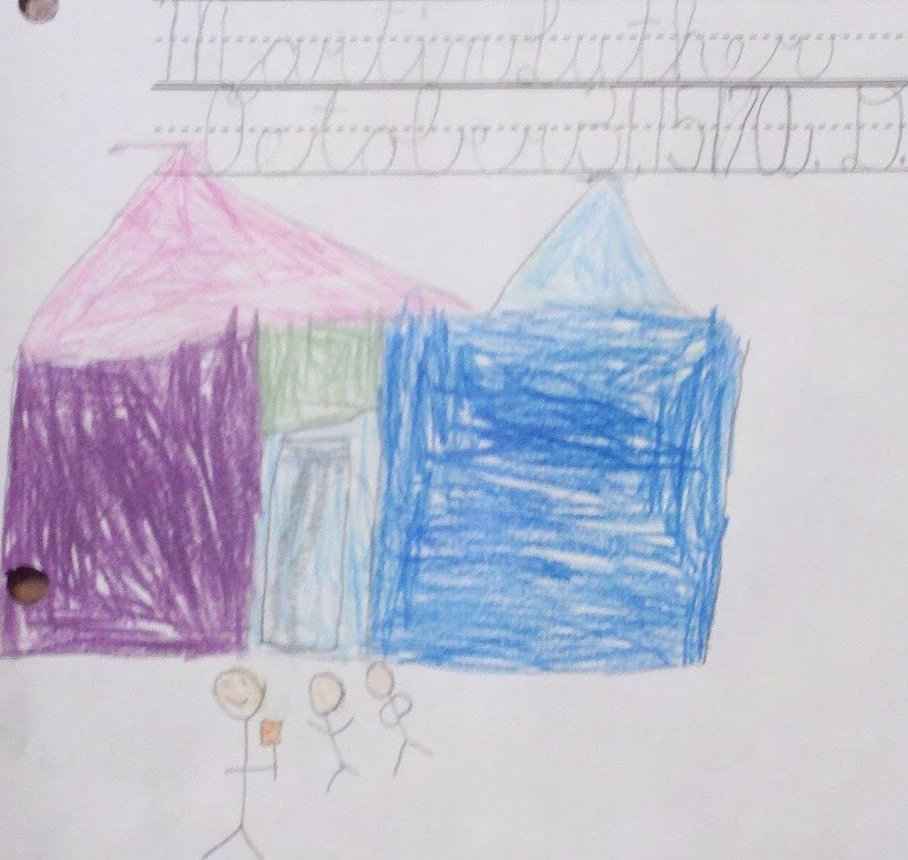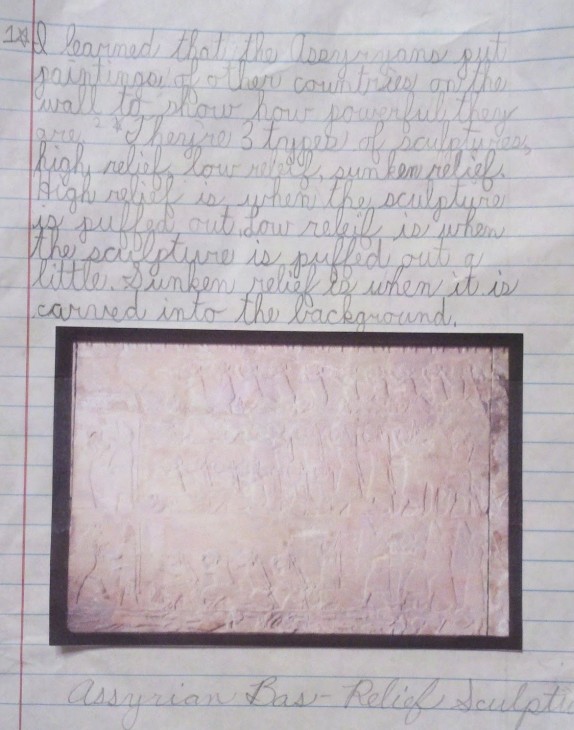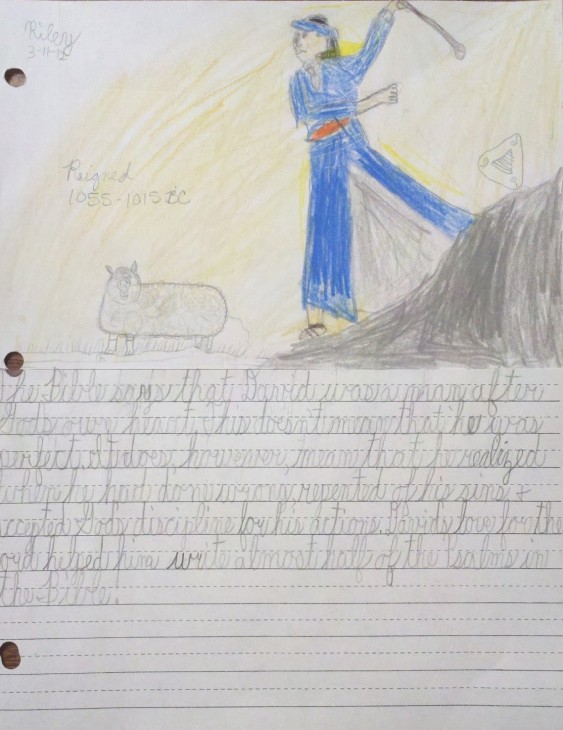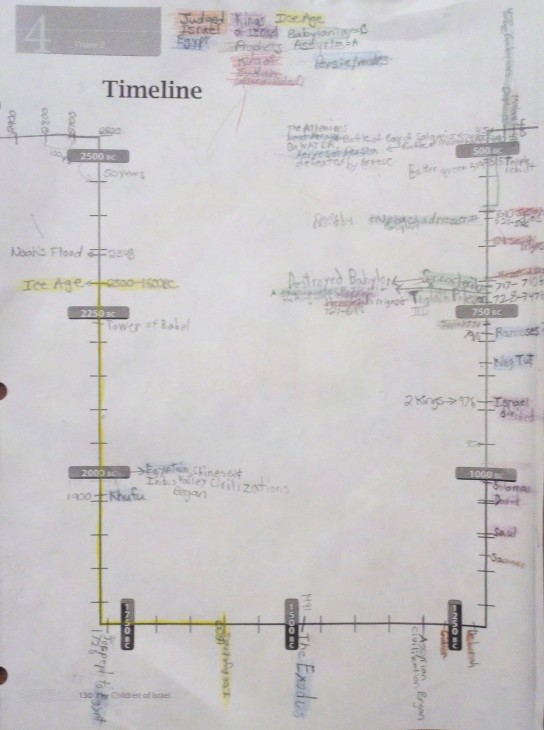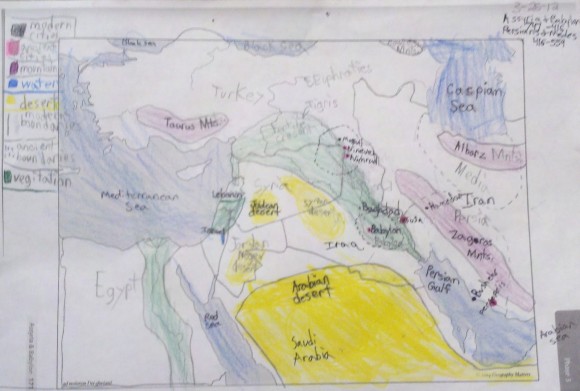This is a follow up to our podcast episode on Cursive First. I am going to lay out, in a series of pictures, a rough outline of the process that I used to teach cursive writing and phonics to my five year old son. You will see writing samples for a one and a half year time frame.
The reading program that I incorporated the Cursive First into is called STEPS (Sequential Teaching of Explicit Phonics and Spelling). Handwriting is included in STEPS but it was easy for me to take out that part of the program to use the Cursive First. I did switch to STEPS handwriting paper that does not have “skip lines” as soon as we were done with writing the numerals. Some children have a hard time transitioning to regular lined paper so I went ahead and taught that early on.
Cursive First fits more neatly with the SWR (Spell to Write and Read) curriculum. The author of Cursive First, Elizabeth FitzGerald, is a trainer for the SWR program. This program is easily obtainable, in fact I got my copy off Amazon. I do like that SWR has a Biblical base whereas STEPS was created for public school use. Perhaps I will do a more thorough curriculum review of both in the future….
I give you a brief description of these two reading methods to acknowledge that the writing samples of my son’s will look a little different than both these methods because I blended the two together. Beyond the writing, I find both the SWR & STEPS to be very similar in their method, phonograms, and spelling rules. STEPS just happened to be the curriculum I already had from my previous teaching days.
*Disclaimer: My son is not “gifted” in reading and writing. In fact, he really dislikes writing to this day & would much prefer to do math! He does love to read, and has consistently read above grade level, but I attribute that more to an effective reading method rather than “giftedness.”*
I started with teaching the appropriate “tripod” pencil grip, sitting posture, and writing position. I taught the clock face reference tool (or the handwriting circle reference tool used by STEPS). Then I used a variety of tactile and kinesthetic activities such using a salt box as shown below.
